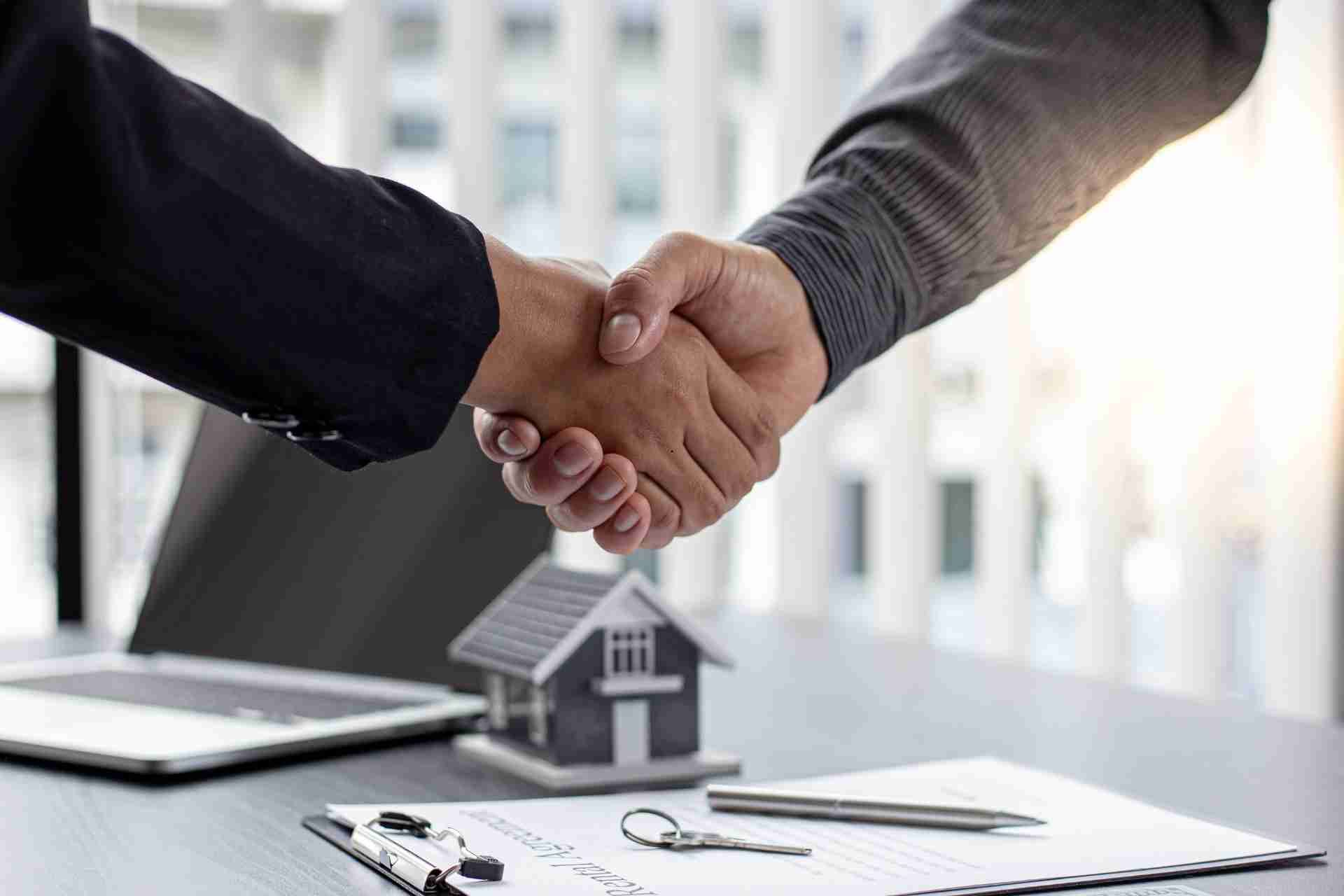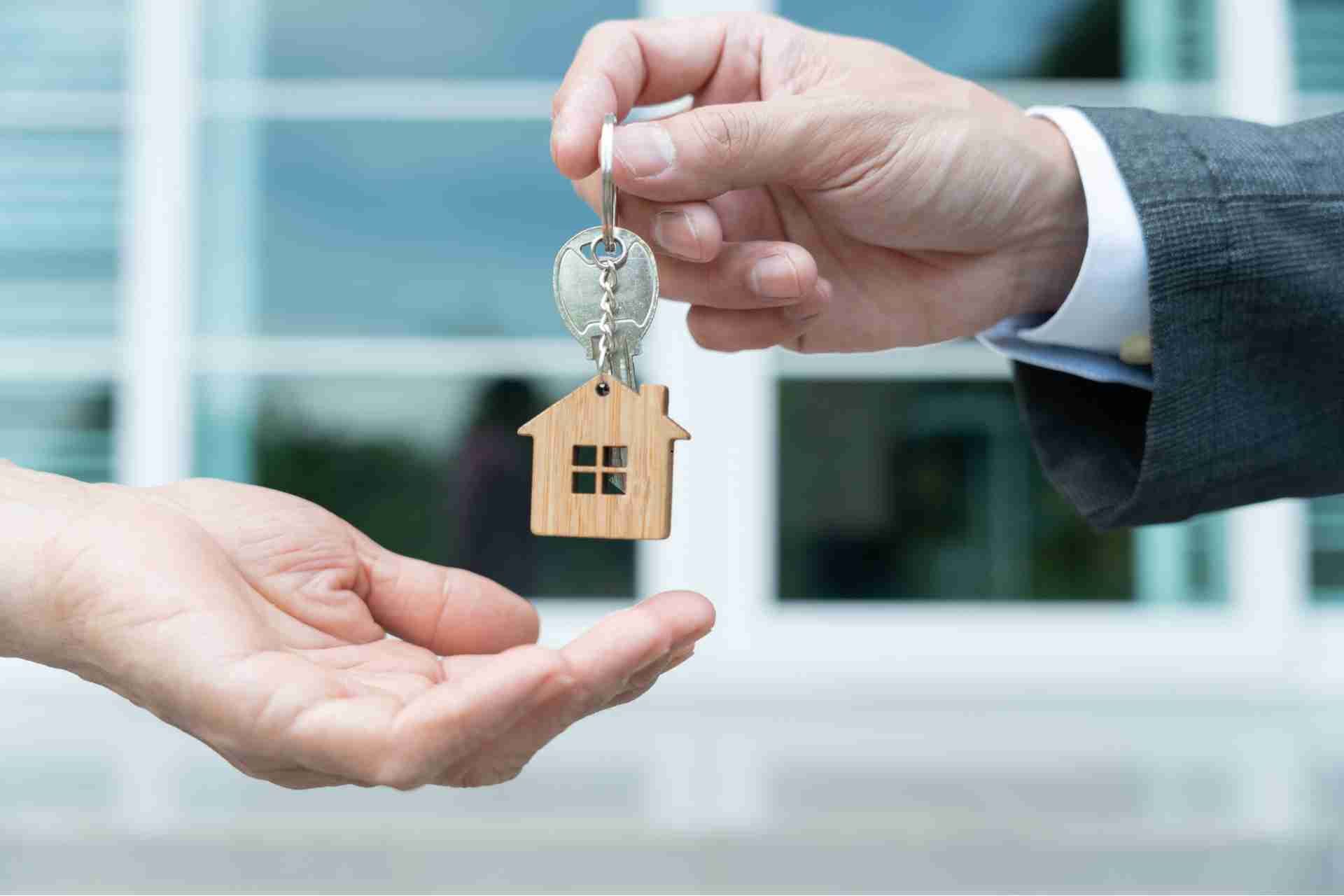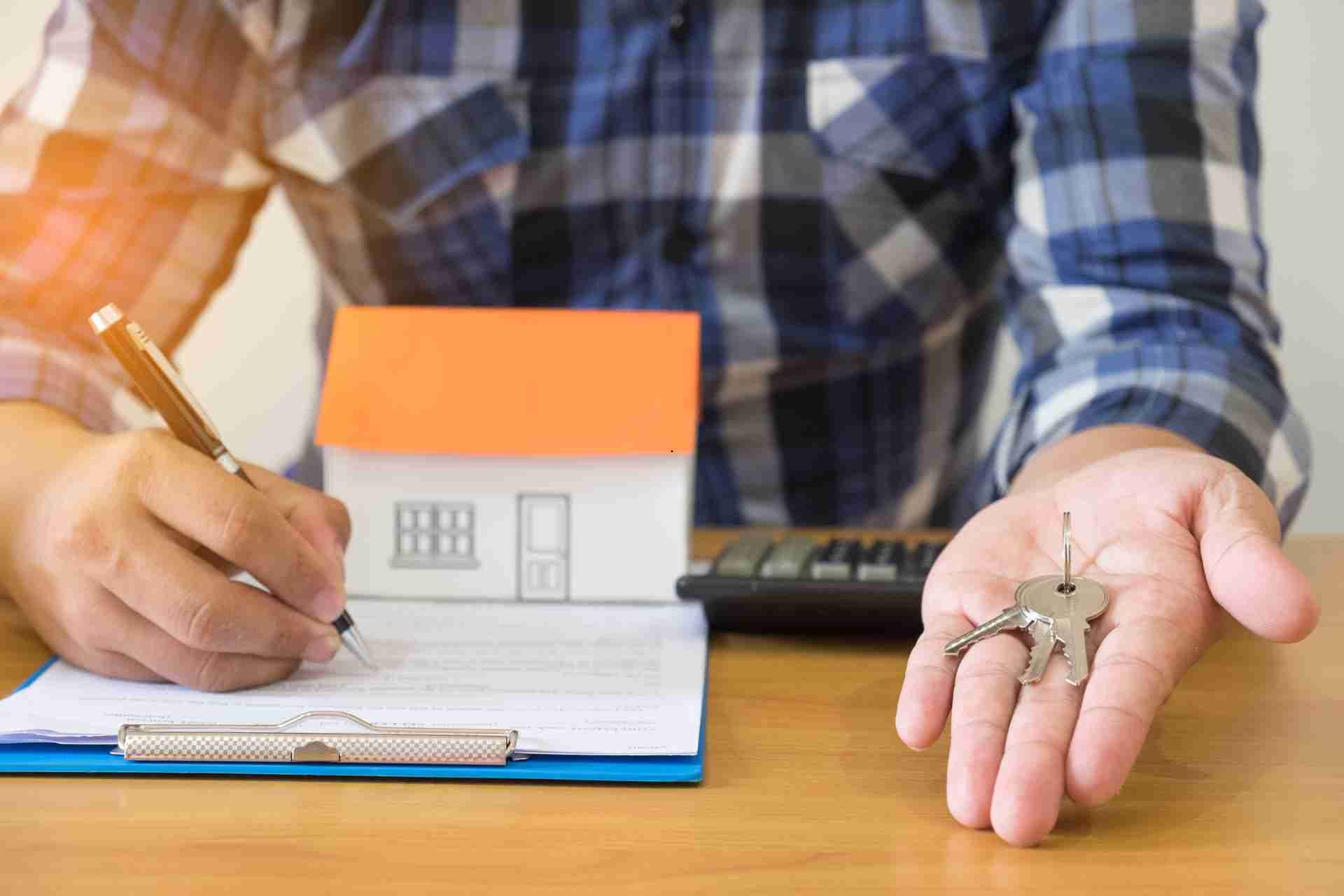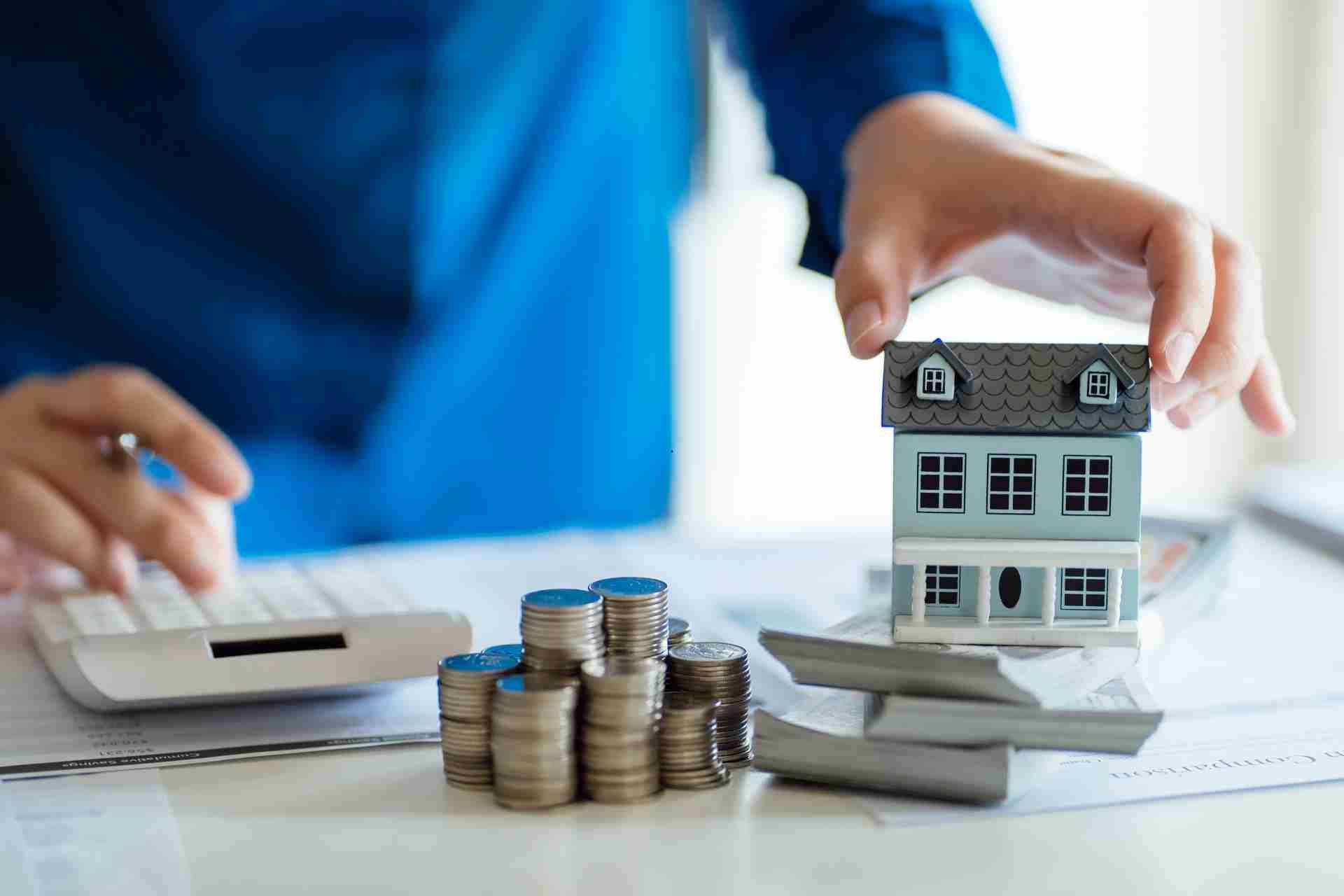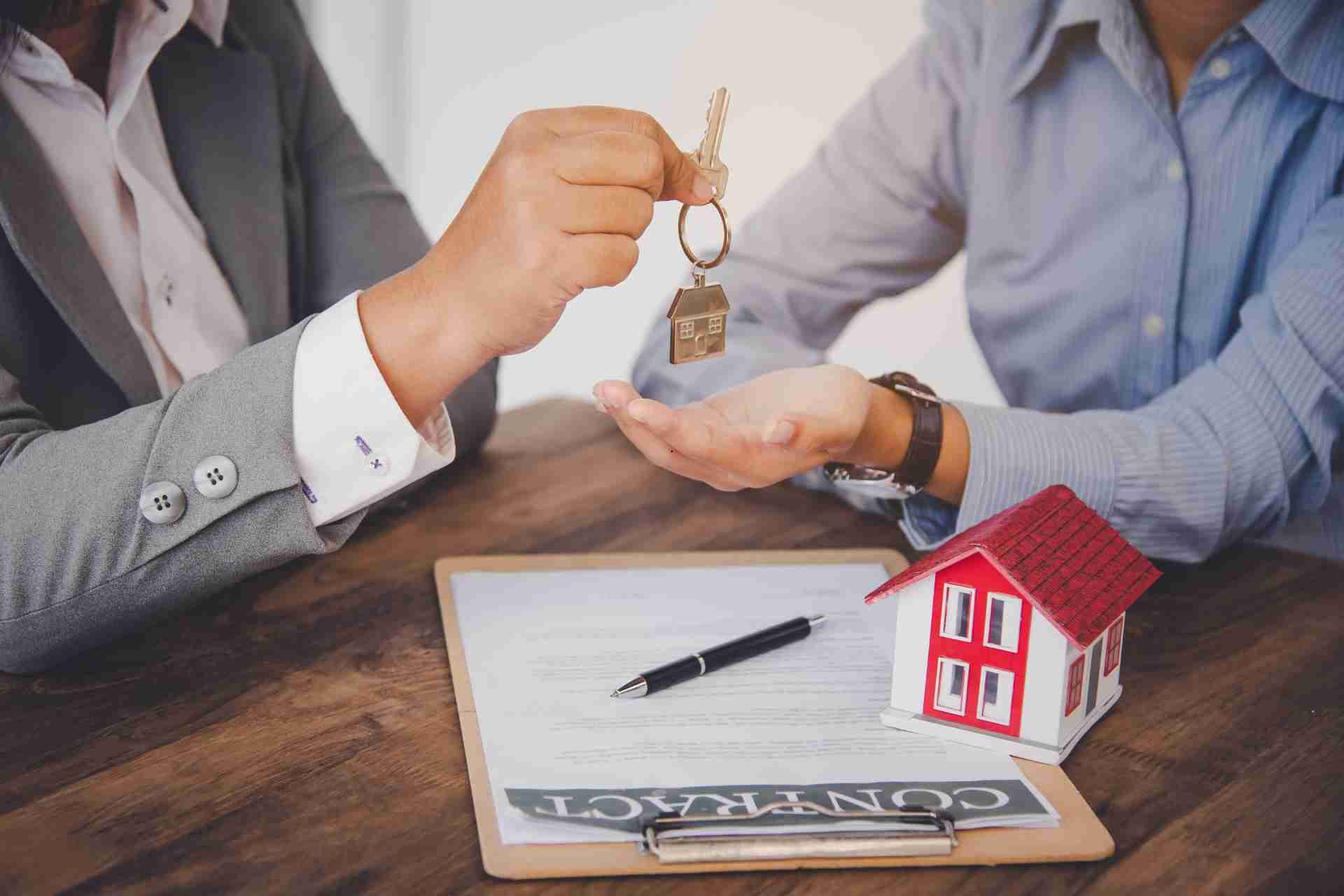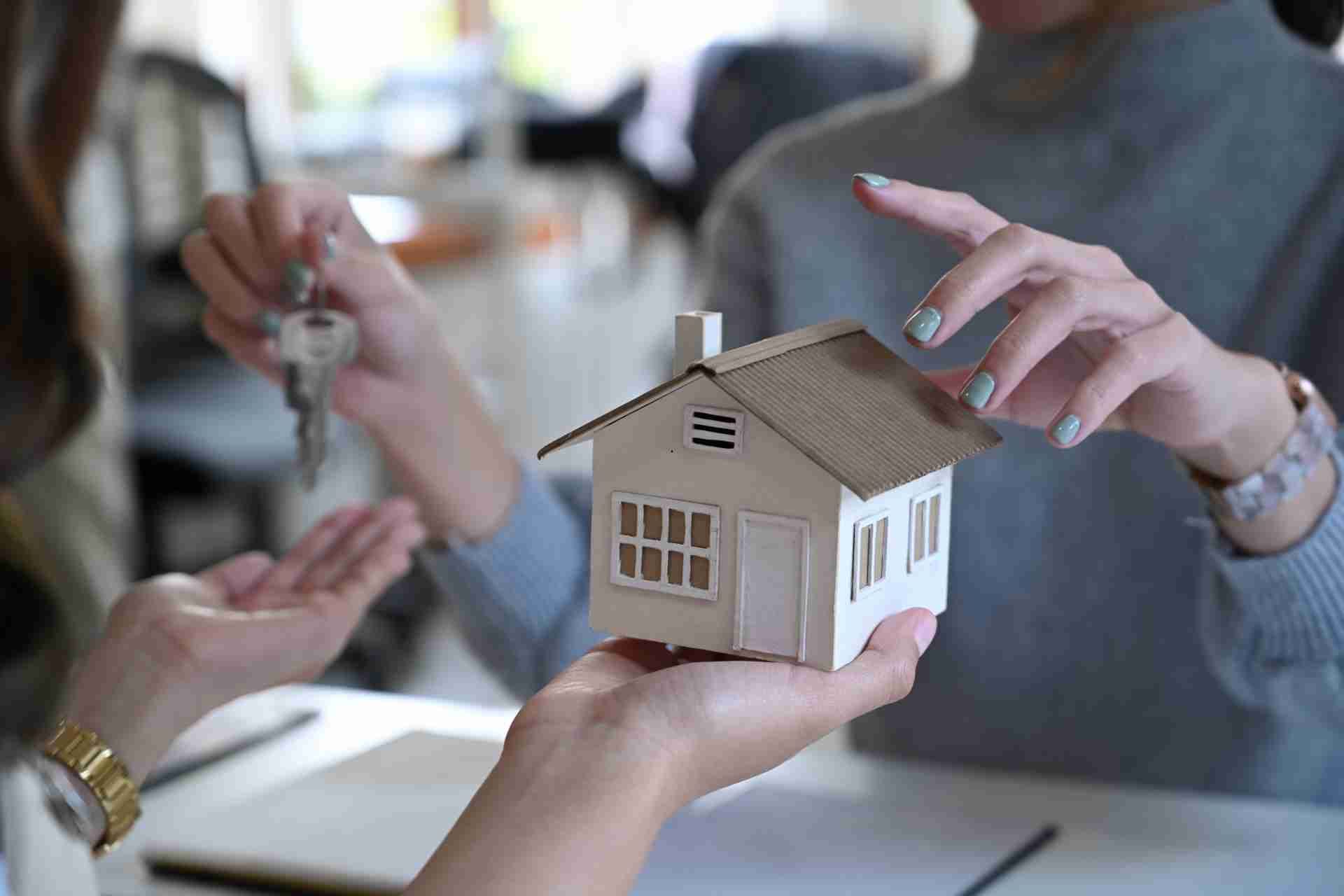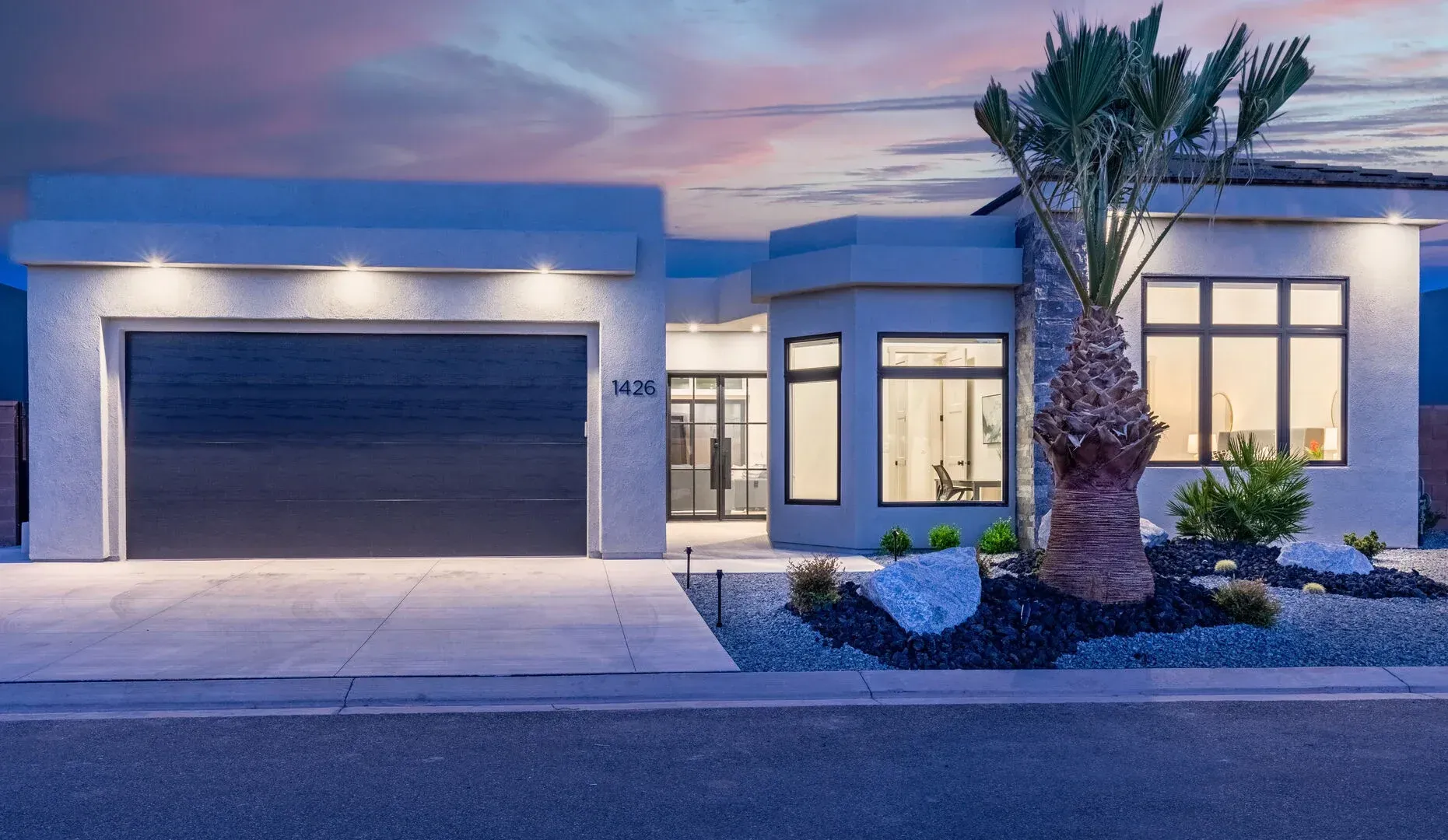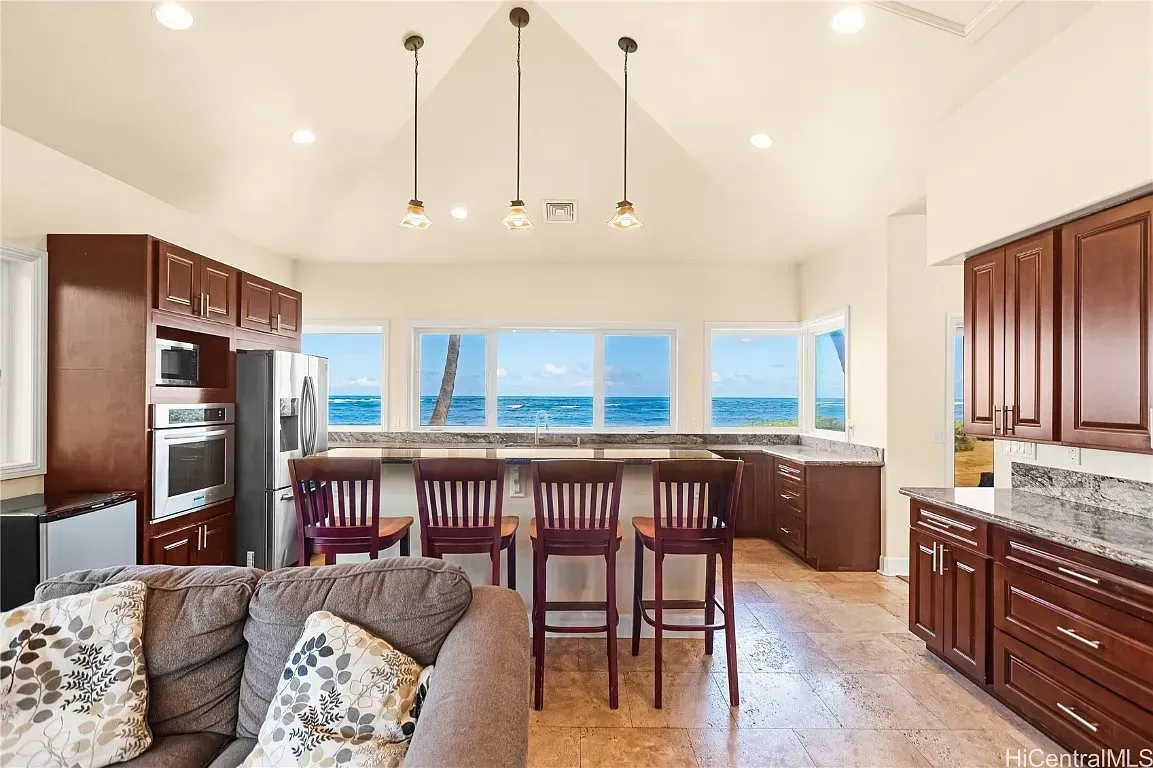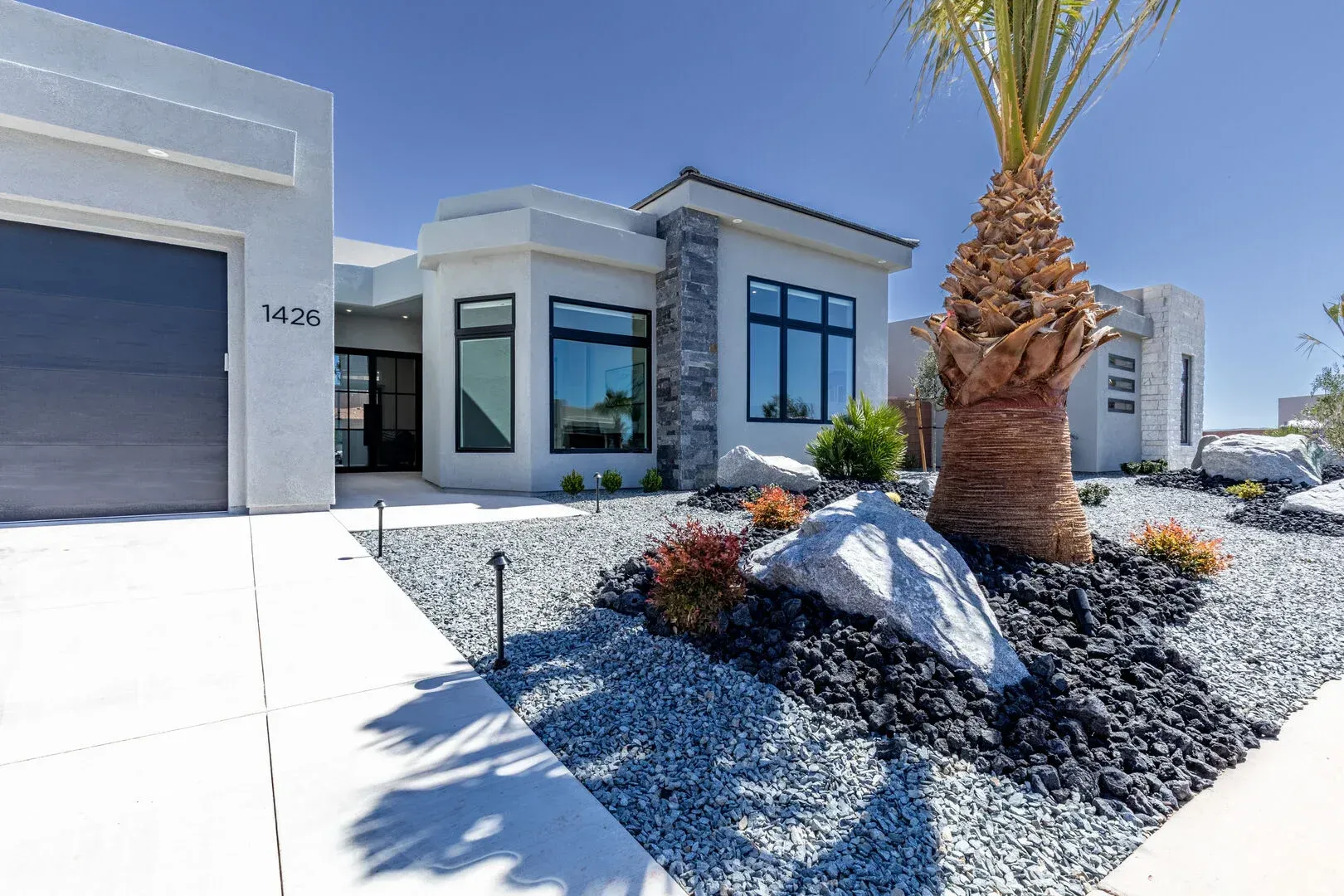Who Handles Maintenance, Repairs, and Upkeep in Co-Owned Homes?
In co-owned homes, figuring out who handles maintenance, repairs, and upkeep can be tricky. Each owner usually has specific duties outlined in a co-ownership agreement, but that doesn't always mean things run smoothly. Clear communication and a solid plan are essential to avoid misunderstandings and disputes. So, how do you ensure everyone stays on the same page and that your home remains in good condition? Let's explore some effective strategies.
Understanding Co-Ownership Agreements
When you enter into a co-ownership agreement, it’s crucial to understand the terms that govern your shared investment. Familiarize yourself with the key elements, like ownership percentages, financial obligations, and decision-making processes.
Knowing how profits, costs, and responsibilities are divided can prevent misunderstandings later. You'll want to clarify how long the agreement lasts and what happens if one party wants out.
Pay attention to dispute resolution methods, too; having a plan in place can save you time and stress. Lastly, ensure everyone involved is on the same page regarding property usage and access rights.
Defining Responsibilities for Maintenance and Repairs
To ensure smooth co-ownership, clearly defining responsibilities for maintenance and repairs is essential. Start by identifying which areas each co-owner is responsible for—like landscaping, plumbing, or electrical issues.
Discuss these duties openly to avoid misunderstandings later. You might consider creating a checklist that outlines specific tasks and who’ll handle them.
It's also important to set expectations about response times for repairs and maintenance requests. Regularly reviewing these responsibilities can help keep everyone accountable and ensure that tasks get done efficiently.
Establishing a Maintenance Schedule
Establishing a maintenance schedule is crucial for keeping your co-owned home in top shape and preventing any surprise repairs.
Start by sitting down with your co-owners to outline essential tasks, like seasonal checks, cleaning gutters, and servicing appliances. Create a calendar that highlights when these tasks should be done, ensuring everyone’s on the same page.
You might assign specific responsibilities to each co-owner based on their availability and skills. Regularly review and adjust the schedule to accommodate any changes in ownership or usage patterns.
Communication Strategies for Co-Owners
A maintenance schedule sets the foundation for smooth operations, but effective communication among co-owners is just as vital.
To ensure everyone’s on the same page, establish a regular check-in routine. Whether it’s weekly or monthly, these meetings help you discuss upcoming tasks and address concerns.
Use a shared digital platform, like a group chat or project management tool, to track maintenance needs and deadlines. This way, you can easily share updates and documents.
Encourage openness; if someone has a concern, they should feel comfortable bringing it up.
Lastly, document all discussions and agreements to avoid misunderstandings later.
Budgeting for Upkeep and Repairs
Budgeting for upkeep and repairs is essential for maintaining your co-owned home effectively. Start by assessing the property’s needs and estimating potential costs.
Create a shared fund, where each co-owner contributes a set amount monthly. This way, you’ll have a financial cushion for unexpected repairs, like plumbing issues or roof leaks.
Regularly review your budget together; adjust contributions based on upcoming projects or seasonal maintenance. It’s also wise to keep a record of past expenses to help predict future needs.
Open communication about financial goals and priorities ensures everyone’s on the same page. By planning ahead, you’ll minimize stress and maximize your home’s longevity, making co-ownership a more enjoyable experience for everyone involved.
Handling Disputes Among Co-Owners
When conflicts arise among co-owners, addressing them promptly can prevent misunderstandings from escalating.
Start by discussing the issue directly with your co-owner(s). Open communication is key; express your concerns and listen to their perspective. Try to find common ground and focus on solutions rather than blame.
If you can’t resolve the dispute through conversation, consider establishing a structured approach, like setting regular meetings to discuss ongoing issues. Document any agreements made to ensure everyone is on the same page.
If disagreements persist, bringing in a neutral third party can help facilitate discussions.
Professional Help vs. DIY Solutions
Choosing between professional help and DIY solutions for maintenance in co-owned homes can significantly impact both your budget and the overall outcome.
If you’re handy and enjoy tackling projects, DIY might save you money and give you a sense of accomplishment. However, consider the time and effort required, especially for complex tasks.
On the other hand, hiring professionals ensures quality work and can prevent costly mistakes. They bring expertise and may complete the job faster, giving you peace of mind.
Ultimately, weigh the severity of the repairs against your skills and available time.
Collaborating with co-owners on this decision can also help align expectations and responsibilities, ensuring everyone’s on board with the chosen approach.
Importance of Regular Inspections
Regular inspections are crucial for maintaining the integrity of co-owned homes, as they help identify potential issues before they escalate into costly repairs. By scheduling regular checks, you ensure that everything from plumbing to roofing is in good condition.
You and your co-owners can take turns conducting these inspections, making it a shared responsibility that strengthens your partnership. Spotting minor problems early can save you time and money down the line.
Make a checklist for what to look for, and don't hesitate to bring in a professional if you notice something concerning. Keeping a record of inspections also helps track maintenance history, ensuring everyone stays informed and engaged in the ongoing care of your property.
Regular inspections truly pay off!
Legal Considerations for Co-Owned Properties
Understanding the legal considerations for co-owned properties is essential, especially since shared ownership can lead to complex issues.
You’ll need to clearly define each owner’s responsibilities in a co-ownership agreement. This document should outline maintenance duties, financial contributions, and procedures for resolving disputes.
Be aware of local laws governing shared ownership, as they can affect your rights and obligations. Consider how decisions about repairs and renovations are made, and ensure everyone agrees on a process.
Additionally, know what happens if one owner wants to sell their share—having a buy-sell agreement can prevent conflict.
Conclusion
In co-owned homes, clear communication and defined responsibilities are key to managing maintenance and repairs effectively. By working together and sticking to a maintenance schedule, you can prevent surprises and ensure everything runs smoothly. Don't hesitate to seek professional help when needed, and always stay open to discussing any issues that arise. Regular inspections will keep your property in good shape, protecting your investment and fostering a positive co-ownership experience for everyone involved.

